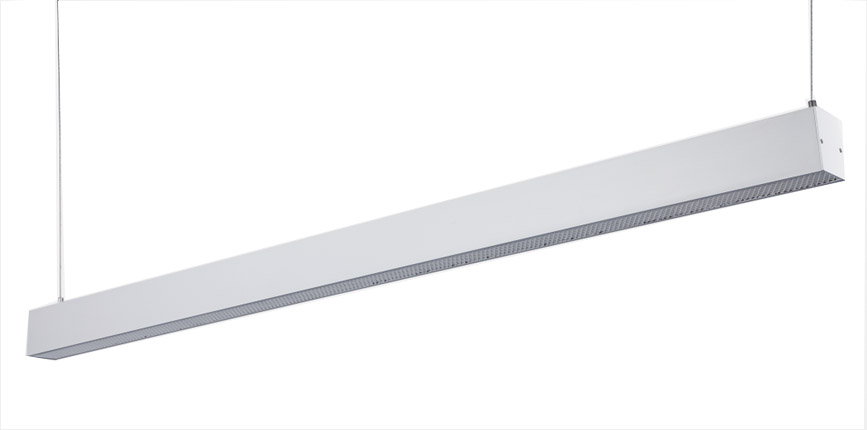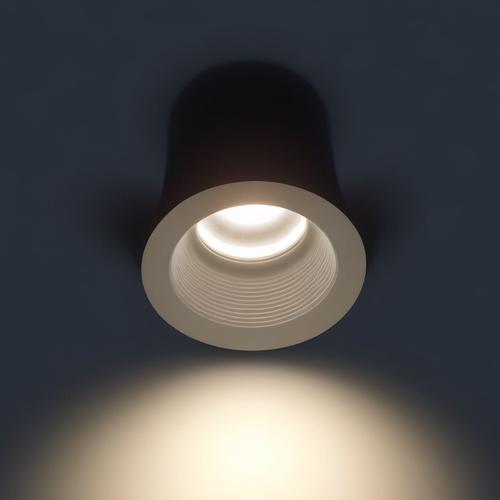What is glare and its Impact on the Environment
Glare is a ubiquitous phenomenon in our daily lives, influencing the quality of our visual environment and, consequently, our health. Despite the remarkable adaptability of the human eye to a broad spectrum of brightness levels, prolonged exposure to certain levels of luminosity can lead to discomfort and visual impairment. When the effective range of brightness within our field of view exceeds a certain threshold, glare emerges, causing a range of adverse effects on our vision and well-being.

Types of Glare
Glare manifests in two primary forms: direct and indirect. Direct glare originates from light sources within our immediate field of vision, while indirect glare results from the reflection of light off surfaces such as computer screens or glossy objects. These sources of glare can cause discomfort, irritation, and even temporary blindness, compromising visual clarity and reducing contrast sensitivity.
Classification and Hazards
Glare can be further categorized based on its impact on visual function. Disability glare results in a loss of visual function, impairing our ability to detect objects effectively. On the other hand, discomfort glare, while not affecting visual function, induces subjective discomfort and irritation.
The prolonged exposure to glare can lead to various physical discomforts, including eye strain, headaches, migraines, and even eye diseases. Moreover, glare can contribute to psychological discomfort and visual fatigue, adversely affecting productivity and overall well-being.
Measurement of Glare and Introduction to UGR
Several models and evaluation indicators exist for assessing glare, with specific algorithms tailored to different lighting environments. The Unified Glare Rating (UGR), proposed by Sorensen in 1987 and endorsed by the International Commission on Illumination (CIE), is widely utilized to evaluate discomfort glare in indoor workplaces. It characterizes the discomfort glare level of an entire lighting space, considering various parameters related to glare production.
The recommended UGR values for different indoor activities, as outlined by EN-12464-1, provide guidance on minimizing glare to ensure a comfortable visual environment conducive to productivity and well-being.
The following ranges of UGR can be applied to specific applications;
- UGR<19 is best for office-based work such as reading, writing, and meetings.
- UGR<16 is best suited for technical drawing and warehouse applications.
- UGR>30 will produce the highest levels of glares.
Anti-Glare Lighting Solutions
Anti-glare lighting serves as a proactive measure to mitigate the adverse effects of glare, promoting visual comfort and enhancing the quality of our lighting environment. Employing specialized fixtures equipped with features such as honeycomb structures, diffusers, and optical lenses, anti-glare lighting minimizes excessive brightness, resulting in softer, more uniform illumination.
How does anti-glare lighting reduce glare?
In the realm of lighting design, a diverse array of anti-glare technologies has emerged to address the multifaceted challenges posed by glare in various settings and applications. Among these innovative solutions, honeycomb structures stand out as a simple yet highly effective method for mitigating glare. By incorporating a series of small meshes arranged in a hexagonal pattern, honeycomb anti-glare fixtures diffuse light uniformly, minimizing direct glare and creating a soft, comfortable illumination that is ideal for environments such as offices, schools, and commercial settings. The seamless integration of honeycomb structures into lighting fixtures ensures that they blend seamlessly with their surroundings, maintaining aesthetic harmony while enhancing visual comfort.

Cross anti-glare technology represents another notable advancement in glare reduction, particularly in applications where precise control over light direction is essential. By blocking light in both vertical and horizontal directions, cross anti-glare grilles redirect light away from the observer's line of sight, effectively minimizing glare and optimizing visual clarity. This versatile solution finds applications in various settings, including office lighting, outdoor illumination, and hospitality environments, where flexibility and adaptability are paramount.
Shading leaves, characterized by their ability to block light from all directions, offer unparalleled flexibility in lighting control and customization. Comprising metal, plastic, or other materials, shading leaves enable precise adjustment of light direction and intensity, catering to diverse lighting requirements and design preferences. While shading leaves may impact the aesthetic appeal of lighting fixtures and interior spaces, their unparalleled functionality and versatility make them indispensable in environments where precise lighting control is essential.
Soft light glass technology represents a sophisticated approach to glare reduction, leveraging special surface treatments to minimize light reflection and glare. By diffusing light and reducing surface brightness, soft light glass materials such as frosted glass and textured glass create a gentle, diffused illumination that enhances visual comfort and reduces eye strain. This technology finds widespread application in settings where glare reduction is paramount, including residential, commercial, and hospitality environments.
Deep inside anti-glare technology focuses on positioning the light source deeper within the luminaire, narrowing the range of light emission and minimizing direct glare. While this approach requires careful consideration of luminaire design and mounting height, it offers effective glare reduction without compromising lighting efficiency or aesthetics. Deep inside anti-glare fixtures are commonly used in spotlights, downlights, and other directional lighting applications, where precise control over light direction and intensity is essential.

Finally, black light technology represents a cutting-edge solution to glare reduction, leveraging special emitter shapes to minimize glare produced by reflectors. By aligning the shading angle of the lamp with that of the light source, black light technology ensures optimal light distribution while minimizing stray light and glare. This advanced technology finds applications in spotlights and other directional lighting fixtures, where precise beam control and glare reduction are critical.
In summary, the diverse range of anti-glare technologies available in the market offers versatile solutions tailored to diverse lighting requirements and applications. From simple honeycomb structures to sophisticated black light technology, these innovative solutions effectively reduce direct glare, enhance visual comfort, and improve overall lighting quality, ensuring optimal illumination in any environment.
Benefits of Anti-Glare Lighting
Anti-glare lighting fixtures stand at the forefront of modern lighting solutions, offering a myriad of features and benefits that significantly enhance the quality of our visual environment. At the core of these fixtures is their ability to provide a glare-free function, effectively minimizing discomfort, eye strain, and headaches caused by excessive brightness and contrast. By diffusing light more evenly and softly, anti-glare fixtures improve visibility, ensuring that objects and text are clearer and easier to perceive. This enhancement in visual clarity is particularly vital in work environments where employees spend prolonged hours in front of computer screens or engage in intricate tasks requiring precision and attention to detail.
In addition to optimizing visual comfort, anti-glare lighting fixtures promote safety and security within various settings. With adjustable angles, users can direct light precisely where it's needed most, whether for reading, working, or highlighting specific areas. This flexibility not only enhances task performance but also reduces the risk of accidents by ensuring adequate illumination in critical zones. Furthermore, the integration of safety features enhances overall well-being by minimizing hazards associated with glare-related accidents, such as slips, trips, and falls.
Beyond individual welfare, anti-glare lighting contributes to broader environmental sustainability efforts by mitigating light pollution. By controlling the direction and intensity of light emission, these fixtures minimize ecological disruptions caused by excessive artificial illumination, preserving natural habitats and nocturnal ecosystems. This reduction in light pollution aligns with global conservation initiatives, promoting the health and resilience of ecosystems while minimizing energy consumption and associated carbon emissions.
In essence, the adoption of anti-glare lighting represents a holistic approach to lighting design, prioritizing visual comfort, safety, and environmental responsibility. By harnessing innovative technologies and design principles, anti-glare fixtures not only enhance the quality of our immediate surroundings but also contribute to the broader goal of sustainable development and stewardship of our planet's resources.
Conclusion
In conclusion, managing glare is essential for creating a comfortable and visually stimulating environment. By incorporating anti-glare lighting solutions, we can mitigate the adverse effects of glare, promote visual comfort, and enhance overall well-being. As we strive for energy efficiency and environmental sustainability, anti-glare lighting emerges as a crucial component of modern lighting engineering, ensuring optimal lighting quality and user experience.




 0750-3131535
0750-3131535

 +86 136 1226 8315
+86 136 1226 8315
